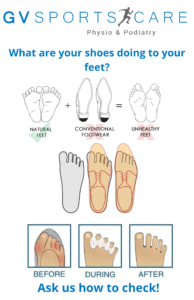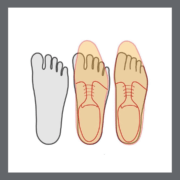Low back pain can be frightening especially when your pain is severe or you are experiencing it for the first time. The pain may feel intense and you may begin to worry there is something sinister going on. This is where your healthcare professionals should be utilised. Our Shepparton physiotherapists are well trained in recognising what is low back pain and what needs further investigation. Around 90-95% of low back pain is benign and usually related to either muscle or ligamentous tissue (Lateef & Patel., 2009).
It can be tempting to rush straight to an x-ray or MRI or another form of scan. However it is often unnecessary. In fact getting an MRI in the first 6 weeks of onset of your low back pain can actually be detrimental to your long term recovery.
Recommendations for imaging and low back pain:
(From research into this area the following recommendations are made to both the medical and allied health professions)
- In the first 4 to 6 weeks a lumbar (lower back) MRI should be used only if there are red flags present (which your healthcare professional will screen you for), or if you are aged <18, >65.
- After 6 weeks lumbar MRI should be used to exclude serious pathology
- Early imaging for low back pain results in:
- poorer outcomes
- poorer perceived prognosis
- more likely to have surgery
- Early MRI for non-specific low back pain is associated with
- higher risk of receiving compensation and not working at 1 year
- more likely to have early opioid use
- higher overall medical costs
(Webster et. al., 2010; Webster et. al., 2014)
These are important things to consider as not only is a scan not essential to treat your low back pain it can actually reduce your overall recovery.
If you get a scan, make sure your results are explained properly.
A lumbar MRI needs careful explanation to avoid the danger of false positives. Your physio can explain your scan as often things that are reported on your scan have nothing to do with your pain at all and are found in individuals without pain. Around 57% of those 60 years and older who have no symptoms have an abnormal scan, disc bulge is a common finding (Baker et. al., 2014). In the younger age group of 20-39 year olds we see at least one disc bulge in the lumbar spine for those with no symptoms (Baker et. al, 2014). This highlights the fact that your scan needs to be read by your healthcare professional and explained so that you understand what is actually relevant to you and your pain experience.
To summarise, low back pain is a common phenomenon and your physiotherapist can assist you to understand the acute management including whether a scan is required or not. In many cases reassurance and education can save time, money and most importantly improve outcomes for the short and long term.
Related links:
Australian Physio Association, choosing wisely.
Imaging for low back pain, American Academy of Family Physicians
References
Baker, A. D. (2014). Abnormal magnetic-resonance scans of the lumbar spine in asymptomatic subjects. A prospective investigation. In Classic Papers in Orthopaedics (pp. 245-247). Springer London.
Lateef, H., & Patel, D. (2009). What is the role of imaging in acute low back pain?. Current reviews in musculoskeletal medicine, 2(2), 69-73.
Webster, B. S., Choi, Y., Bauer, A. Z., Cifuentes, M., & Pransky, G. (2014). The cascade of medical services and associated longitudinal costs due to nonadherent magnetic resonance imaging for low back pain. Spine, 39(17), 1433.
Webster, Barbara S., and Manuel Cifuentes. “Relationship of early magnetic resonance imaging for work-related acute low back pain with disability and medical utilization outcomes.” Journal of occupational and environmental medicine 52, no. 9 (2010): 900-907.
Sophie Woodhouse
Physiotherapist Shepparton, GV Sportscare




